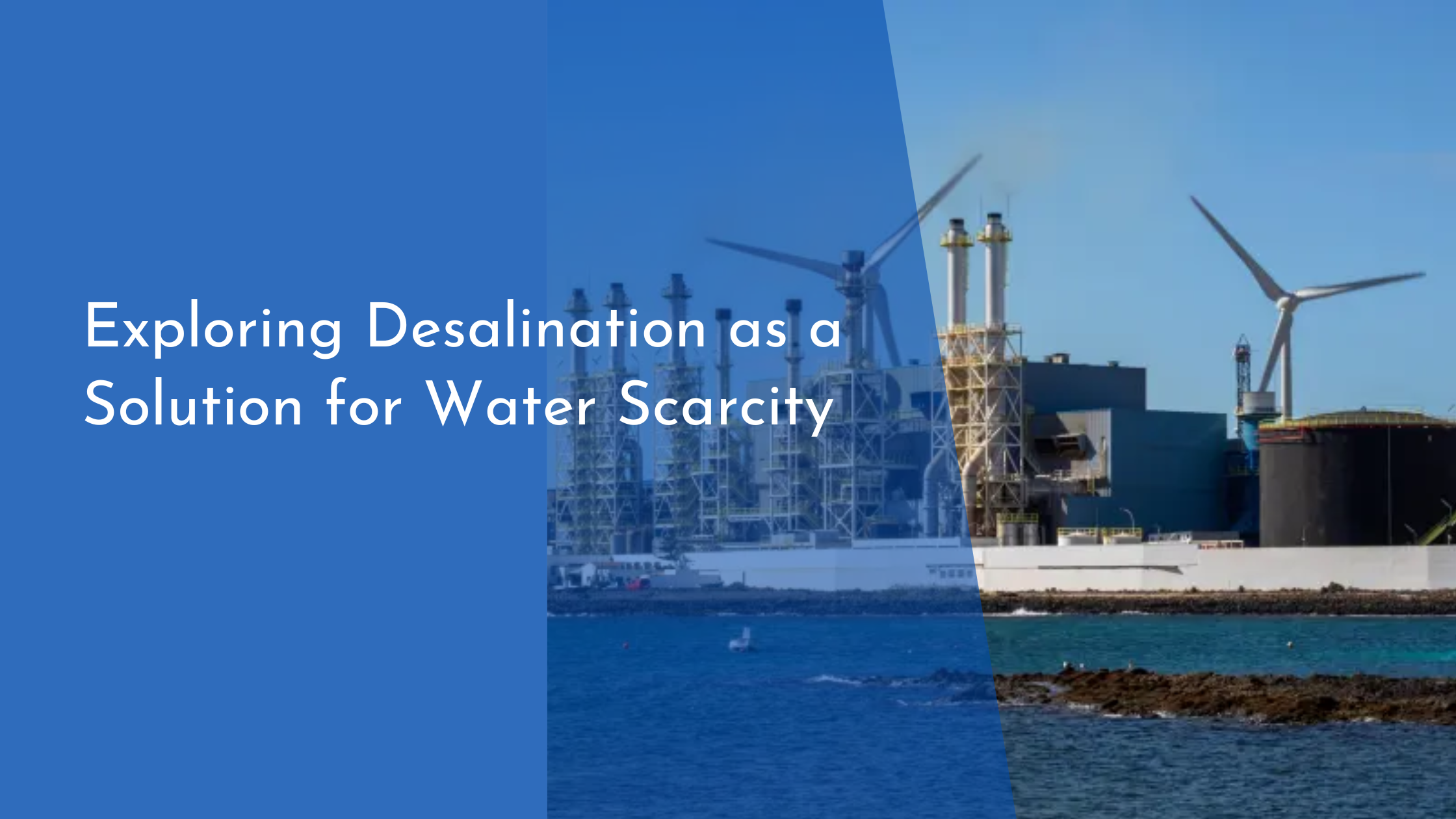Exploring Desalination as a Solution for Water Scarcity
Water scarcity is a pressing global issue affecting millions of people across the world. With increasing population growth, climate change, and overconsumption of resources, the demand for fresh water has reached unprecedented levels. In this context, desalination technologies have emerged as a potential solution to address water shortages and ensure a sustainable water supply for the future. This article delves into the various facets of desalination, exploring its potential to alleviate water scarcity through a detailed examination of its scientific principles, successful implementations, and future prospects.
Understanding Water Scarcity Challenges Today
Water scarcity is not a distant problem; it is here and now, affecting approximately 40% of the global population. Nations across the planet are grappling with the dual challenges of dwindling freshwater resources and the increasing demand driven by population growth, urbanization, and industrialization. Regions like the Middle East, parts of Africa, and even sections of the United States, such as California, are witnessing severe water shortages, which threaten agriculture, health, and economic development. The World Health Organization has highlighted that by 2025, half of the world’s population could be living in water-stressed areas, underscoring the urgent need for solutions.
Contributing factors to water scarcity include climate change, which alters precipitation patterns and reduces the availability of surface water. Over-extraction of groundwater and pollution further exacerbate the crisis, stressing ecosystems and diminishing the quality of accessible water reserves. While traditional methods of water management, such as conservation and recycling, play crucial roles, they are often insufficient on their own to meet the escalating demand. This necessitates exploring innovative approaches like desalination, which offers a way to tap into the vast, yet largely unused, reserves of seawater.
The Science Behind Desalination Technology
Desalination is the process of removing salts and other impurities from seawater or brackish water to produce fresh water suitable for human consumption or irrigation. The two most common desalination technologies are reverse osmosis (RO) and thermal desalination. Reverse osmosis works by forcing water through a semi-permeable membrane that filters out salts and impurities. It is energy-efficient compared to older methods, and advancements continue to improve its cost-effectiveness. Thermal desalination, on the other hand, involves heating water until it evaporates and then condensing the vapor to obtain fresh water. This method mimics the natural water cycle but on an accelerated scale.
The appeal of desalination lies in its ability to provide a reliable water source irrespective of climatic conditions, making it an attractive option for arid regions. However, it is not without challenges. Desalination plants are energy-intensive, and the process can have environmental impacts, such as greenhouse gas emissions and the disposal of brine, a byproduct that can harm marine ecosystems if not managed properly. Innovations in solar energy-powered desalination and the development of more efficient membranes are paving the way to mitigate these issues, offering a more sustainable approach to fresh water production.
Case Studies: Desalination Success Stories
One of the most notable success stories in desalination is Israel, a country that has transformed its water management strategy through extensive use of desalination technology. Facing acute water scarcity, Israel built the Ashkelon Desalination Plant in 2005, which was one of the largest of its kind in the world. Today, desalination provides nearly 85% of the country’s domestic water needs, showcasing how strategic investments in technology can mitigate water shortages and secure water resilience for the future.
Australia provides another stellar example, particularly in light of its Millennium Drought between 1997 and 2009. In response, the country invested in several desalination plants, like the Perth Seawater Desalination Plant, which now supplies a significant portion of the city’s drinking water. These projects have not only helped Australia to recover from one of its worst droughts but also provided a reliable water source that supports its growing urban centers. These case studies illustrate the transformative potential of desalination when applied effectively and strategically.
Conclusion: A Promising Future with Desalination
Desalination represents a promising solution to global water scarcity, offering a steady supply of fresh water in regions that are most in need. While it is not a panacea, it is a critical component of a broader water management strategy that includes conservation, recycling, and the sustainable use of existing resources. As technology continues to advance, reducing costs and minimizing environmental impacts, desalination could become an even more viable and widespread solution in the fight against water scarcity.
As we look to the future, desalination holds the potential to redefine how we approach water scarcity worldwide. By harnessing cutting-edge technologies and investing in sustainable practices, we can ensure that fresh water remains accessible to all, even in the face of growing environmental and societal challenges. With continued innovation and commitment, desalination could serve as a cornerstone of global water security, paving the way for a more sustainable and water-secure world.


